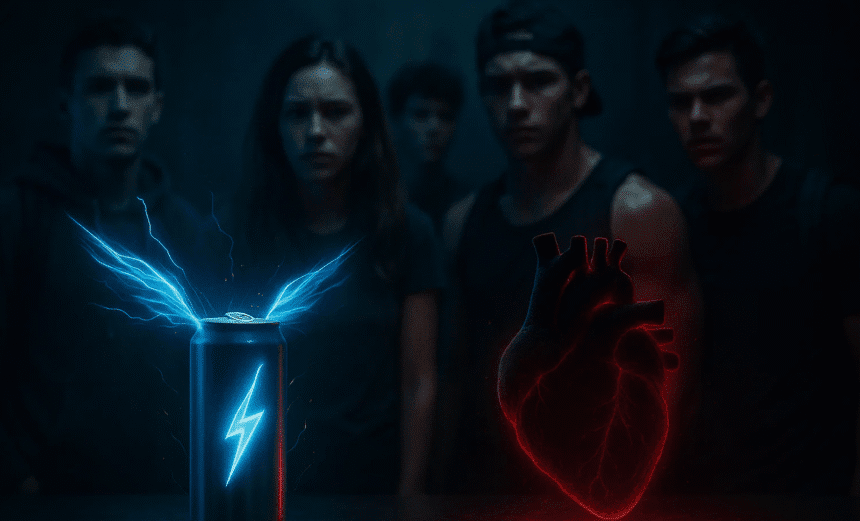In recent years, energy drinks have surged in popularity, especially among young adults, athletes, and professionals looking for a quick jolt of energy. Marketed as performance enhancers that fight fatigue, sharpen focus, and improve alertness, these beverages have grown into a multi-billion-dollar industry. Yet, alongside their rising demand, health experts are voicing growing concern about the potential risks linked with their widespread use.
Brands like Red Bull, Monster, Rockstar, and Celsius dominate store shelves, promising consumers a fast fix for drowsiness. Their slick marketing campaigns target university students pulling all-nighters, gamers seeking mental endurance, and athletes striving for an edge in competitions. The mix of caffeine, sugar, taurine, guarana, and B vitamins provides a short-term energy boost that many find irresistible. According to a 2024 industry report, global energy drink sales have already surpassed $90 billion, with projections pointing to continued growth as cultures increasingly value productivity and constant availability.
The science behind energy drinks is fairly straightforward. Caffeine is the main driver of their effects. A typical 16-ounce can may contain between 160 and 300 milligrams of caffeine, the equivalent of two to three cups of coffee. This stimulant raises adrenaline, quickens the heart rate, and blocks adenosine, the neurotransmitter responsible for making us feel drowsy. Added ingredients like taurine and guarana are marketed as performance enhancers, though their combined long-term effects remain less understood. Sugar plays its own role, with some drinks packing up to 54 grams per serving, delivering a quick but short-lived spike in energy.
For many consumers, the benefits are tangible. Energy drinks help improve alertness and concentration during long hours of work or study. They provide a short-term boost in physical performance, particularly for athletes in high-intensity activities. For those constantly on the go, they offer convenience; an easy, ready-to-drink alternative to coffee or tea. These perceived benefits explain why the drinks have become staples at sporting events, music festivals, and even in workplaces where high productivity is demanded.
However, health professionals caution that the hidden risks are far more serious than most consumers realize. Excess caffeine can strain the cardiovascular system, leading to palpitations, high blood pressure, and, in extreme cases, heart attacks. Frequent consumption, especially in the evening, disrupts sleep cycles and leads to chronic fatigue. High doses of caffeine have also been linked to increased anxiety, irritability, and dependence, while the heavy sugar content raises the risk of obesity and diabetes over time. The World Health Organization has expressed concern about energy drinks’ popularity among adolescents. Studies show that teenagers who consume them regularly are more likely to experience sleep disorders, risk-taking behaviors, and even end up in emergency rooms.
Several high-profile incidents have fueled growing public concern. There have been reports of college athletes collapsing after drinking multiple cans in a short period, triggering investigations into whether energy drinks should be regulated more strictly. Some schools, universities, and even military institutions have already taken steps to discourage or restrict their use. Public health campaigns, meanwhile, stress the importance of moderation and awareness of caffeine limits.
Experts recommend that adults consume no more than 400 milligrams of caffeine per day, which roughly equals one to two energy drinks, depending on the brand. For children, adolescents, and individuals with pre-existing heart conditions, doctors often advise avoiding energy drinks altogether. Healthier alternatives include water, green tea, or simply ensuring a balanced diet, adequate rest, and regular exercise. For athletes, sports drinks or electrolyte beverages are often better suited to hydration after intense workouts.
Energy drinks remain a cultural phenomenon, embodying the speed, productivity, and hustle culture of modern life. They deliver quick bursts of energy but come with risks that should not be ignored. While the choice ultimately lies with the consumer, moderation is key. As the market continues to grow and competition intensifies, the debate over the safety of energy drinks is likely to persist. One thing is clear that the promise of performance comes at a price, and the decision to pay it requires careful thought.




















